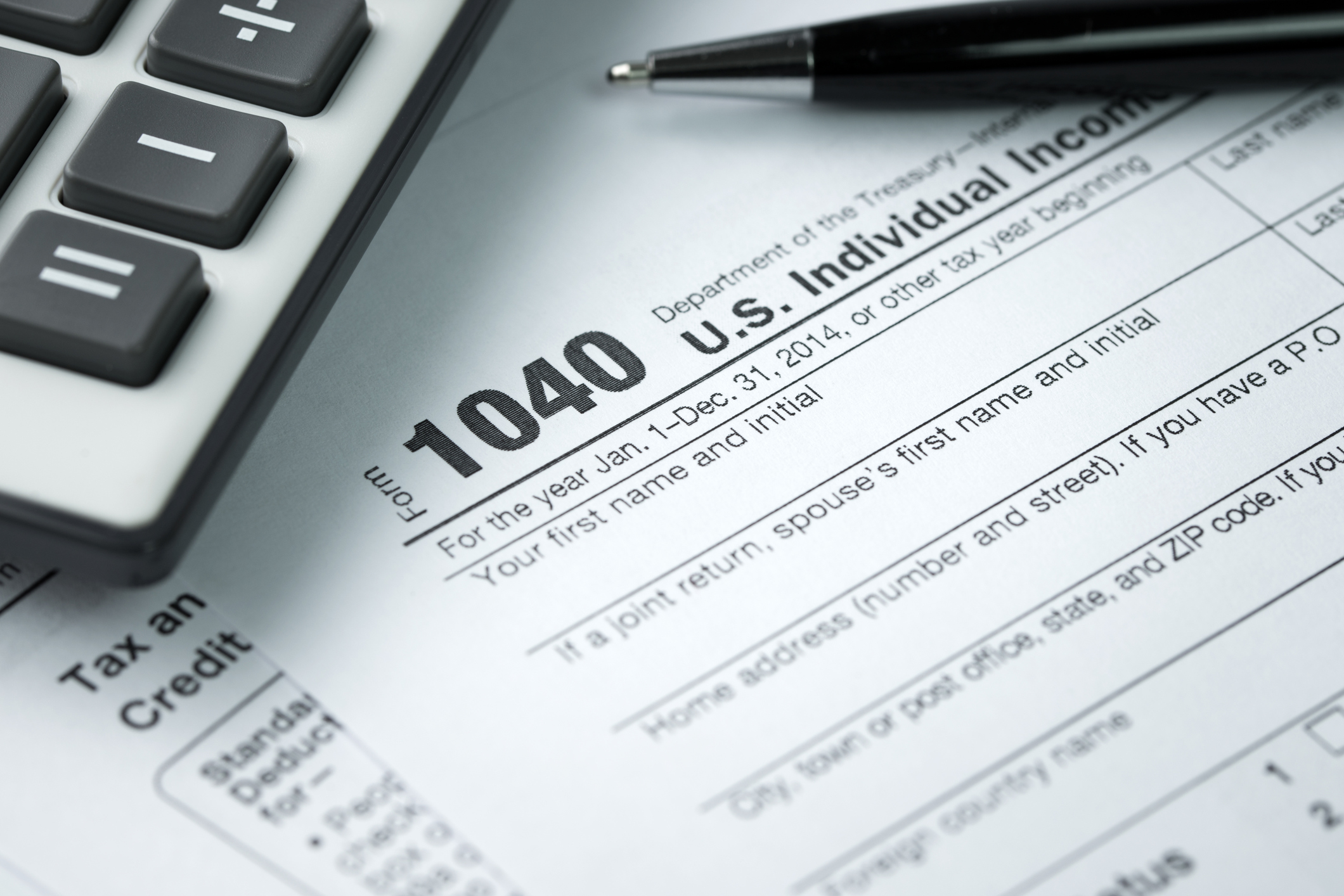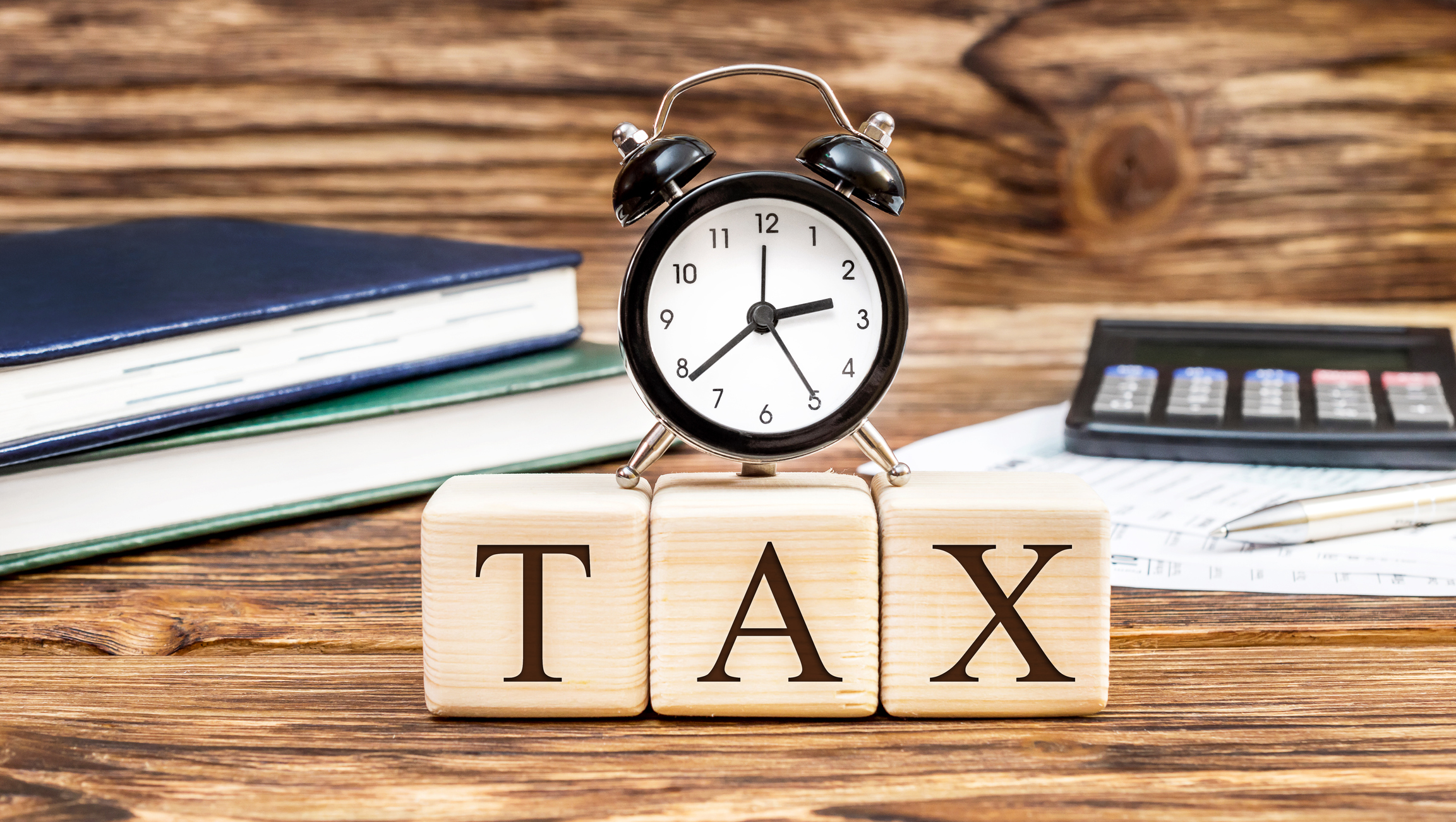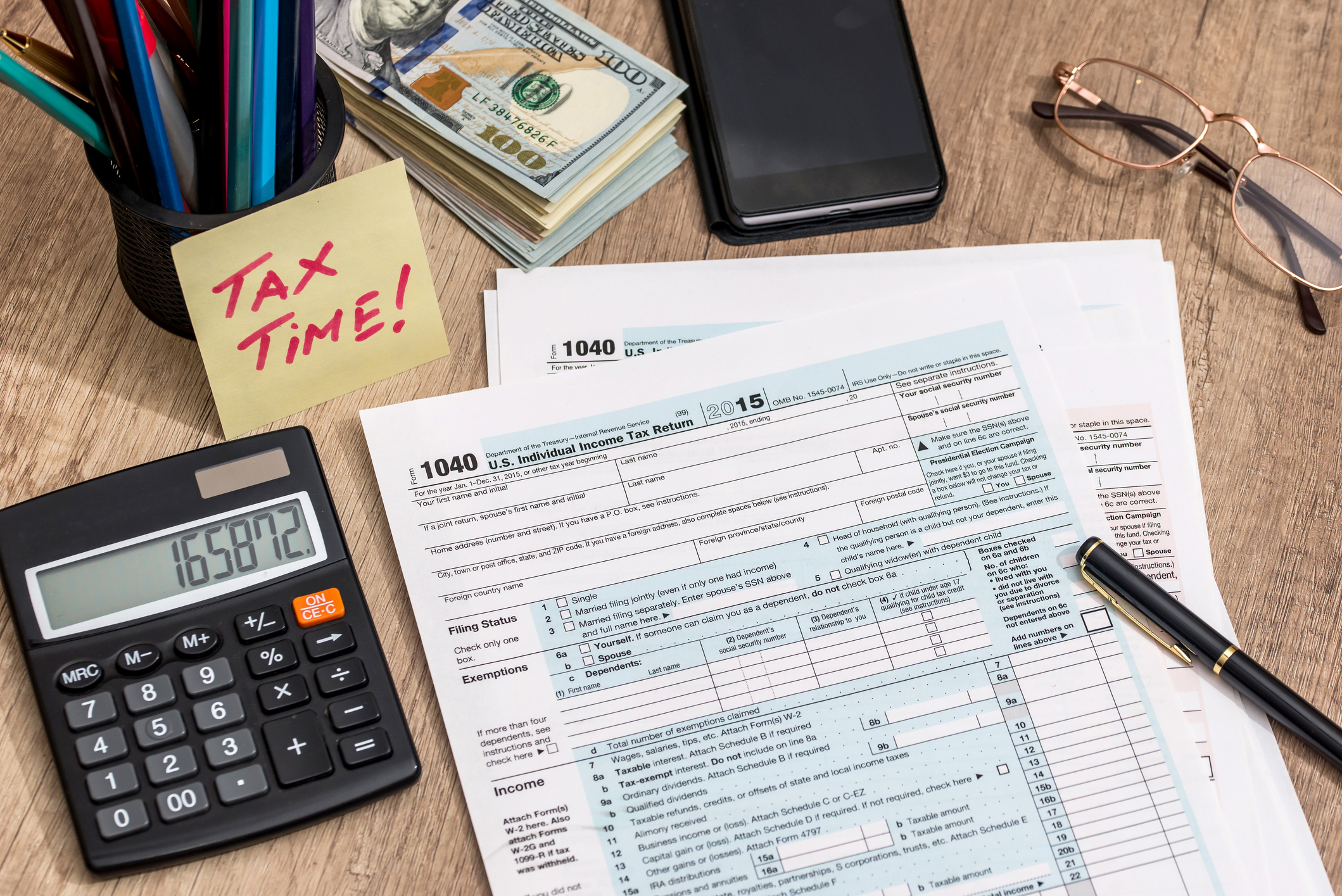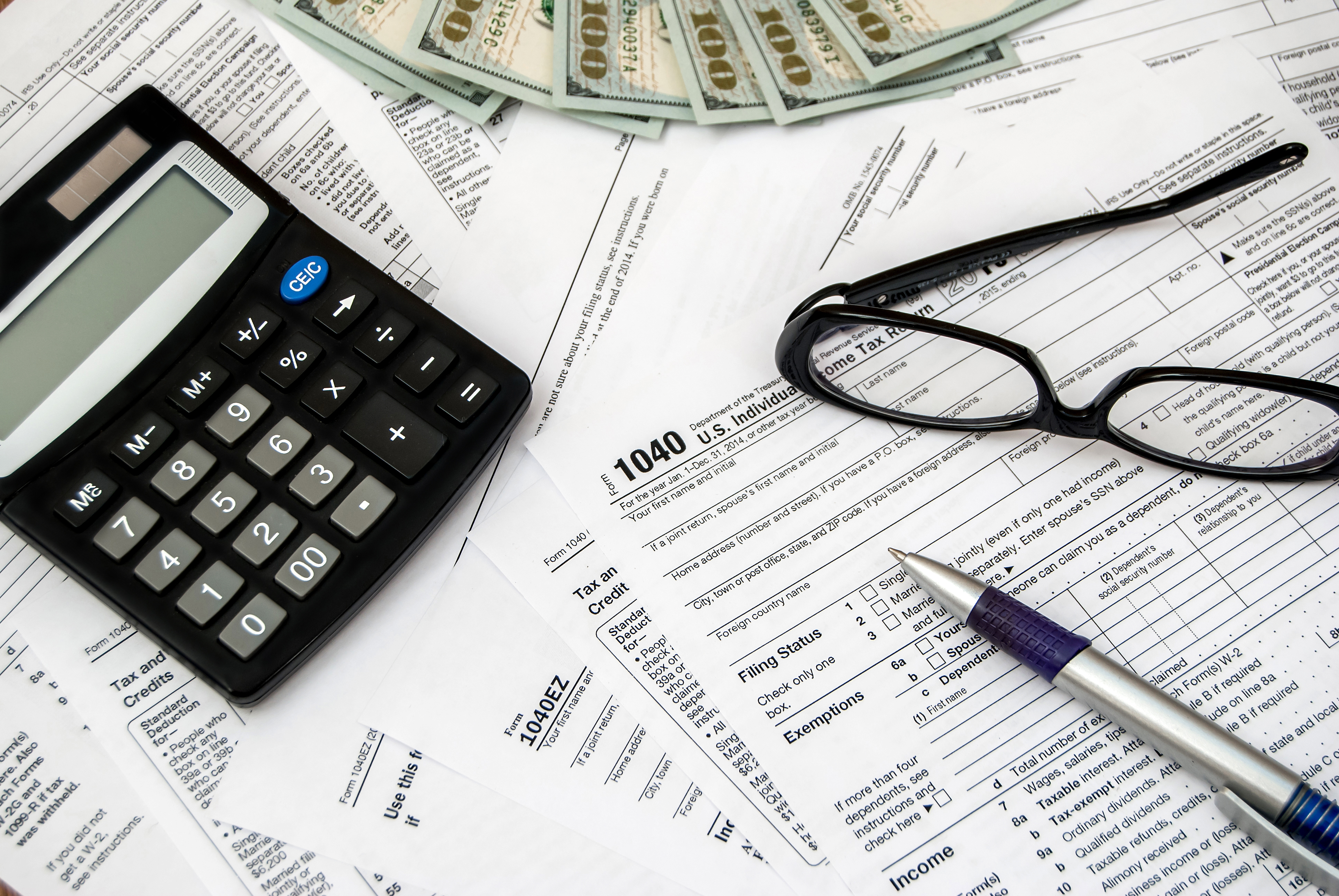In the U.S., paying your taxes isn't exactly straightforward. Some people have their taxes withheld by their employer, while others estimate them throughout the year and pay them quarterly. However, most Americans don't know how much they will owe in taxes at the end of the year. Typically, they either owe extra money or receive a tax refund.
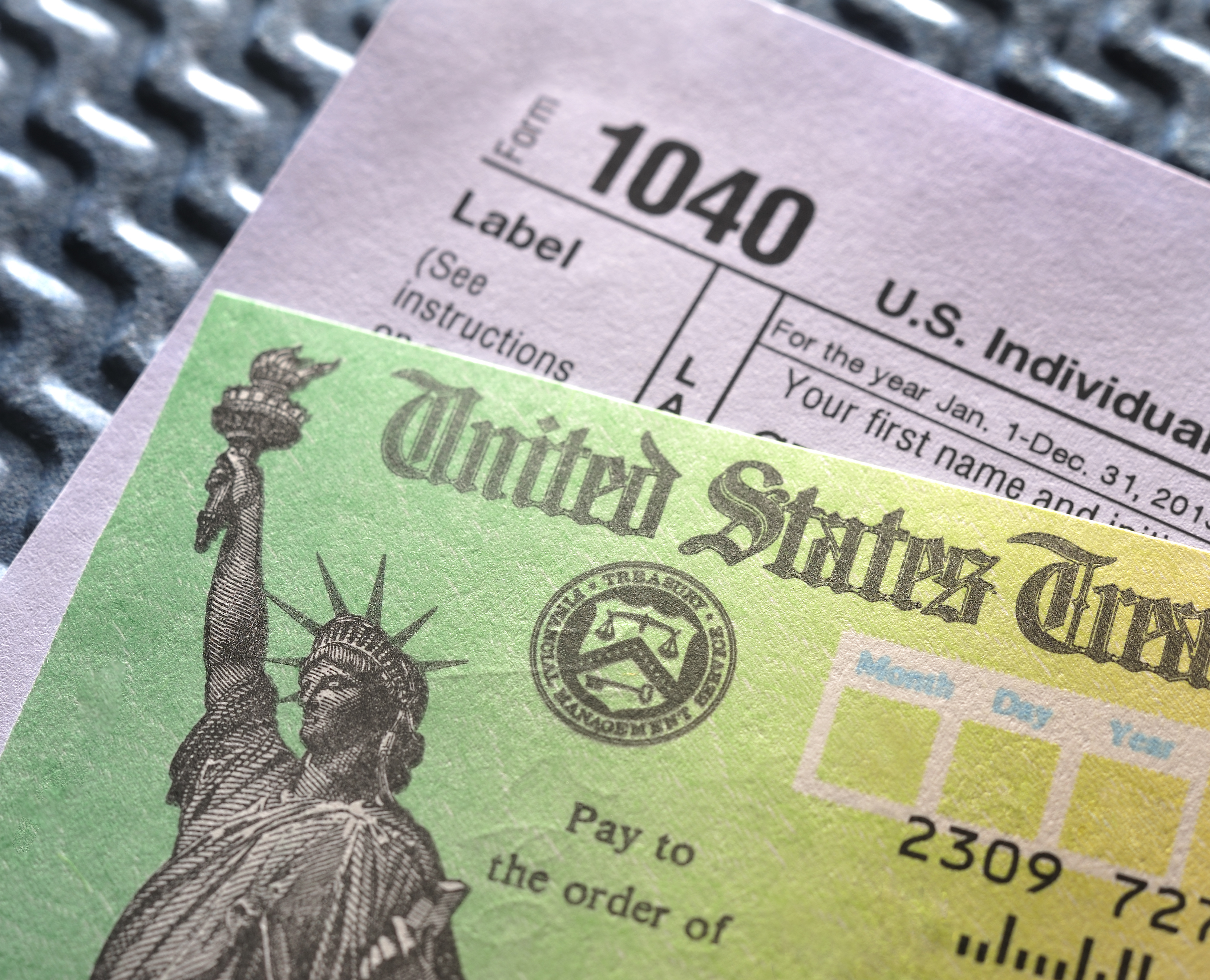
What is a tax refund?
A tax refund is a reimbursement some Americans get from the federal or state government after filing taxes if they overpaid taxes during the year. The refund is determined by the difference between the taxes paid and those owed, assuming you've paid more than you owe.
Tax Refund
How do tax refunds work?
Tax refunds can be large sums of money, in the thousands or tens of thousands of dollars, even more for some wealthy filers. So, filers often anticipate tax refunds during tax season.
Tax filers don't know how much tax they owe until they file. The amount owed depends on earnings, tax brackets, and tax deductions and credits. Tax deductions and credits can include mortgage interest, a child tax credit, student loan interest, and unreimbursed medical expenses.
Most filers who are owed tax refunds will receive their refund checks within weeks of filing their taxes. According to the IRS, the average refund for the 2023 tax season was $2,753.
While most Americans like receiving a tax refund, the reality is that this money is owed to you. You'd be better off not receiving a refund, as it would mean you were paid that money when you were supposed to get it originally.
However, Americans often spend their refunds when they get them. For example, used vehicle sales tend to pop in the spring after refund season as Americans suddenly have a few thousand extra dollars to get a new set of wheels.
Others plan to pay off bills, including credit card debt; add money to a savings fund, such as an emergency fund; or use the refund for a home improvement project. For many Americans, the refund helps make the tedious process of filing taxes more tolerable, acting as a bonus for getting it done.
What's an example of a tax refund?
When you start a job as an employee, you fill out a W-4 form to help your employer determine how much tax to withhold. That magical number depends on whether you have another job, a spouse who works, dependents, capital gains or losses, or itemized deductions.
Related investing topics
If you're self-employed or own a business, you'll have to estimate the personal tax you owe each quarter, which leaves even more room for error. That makes it easy to end up getting a refund. If you're a W-2 employee, you might get a refund if you had a child during the tax year, your deductions were large enough to itemize, or your spouse brought in less income.
If you're paying estimated taxes, there are even more reasons you might get a refund, but they all stem from you paying more than you owe throughout the year. About 64% of tax returns result in a refund, so you're more likely than not to get one this year.

